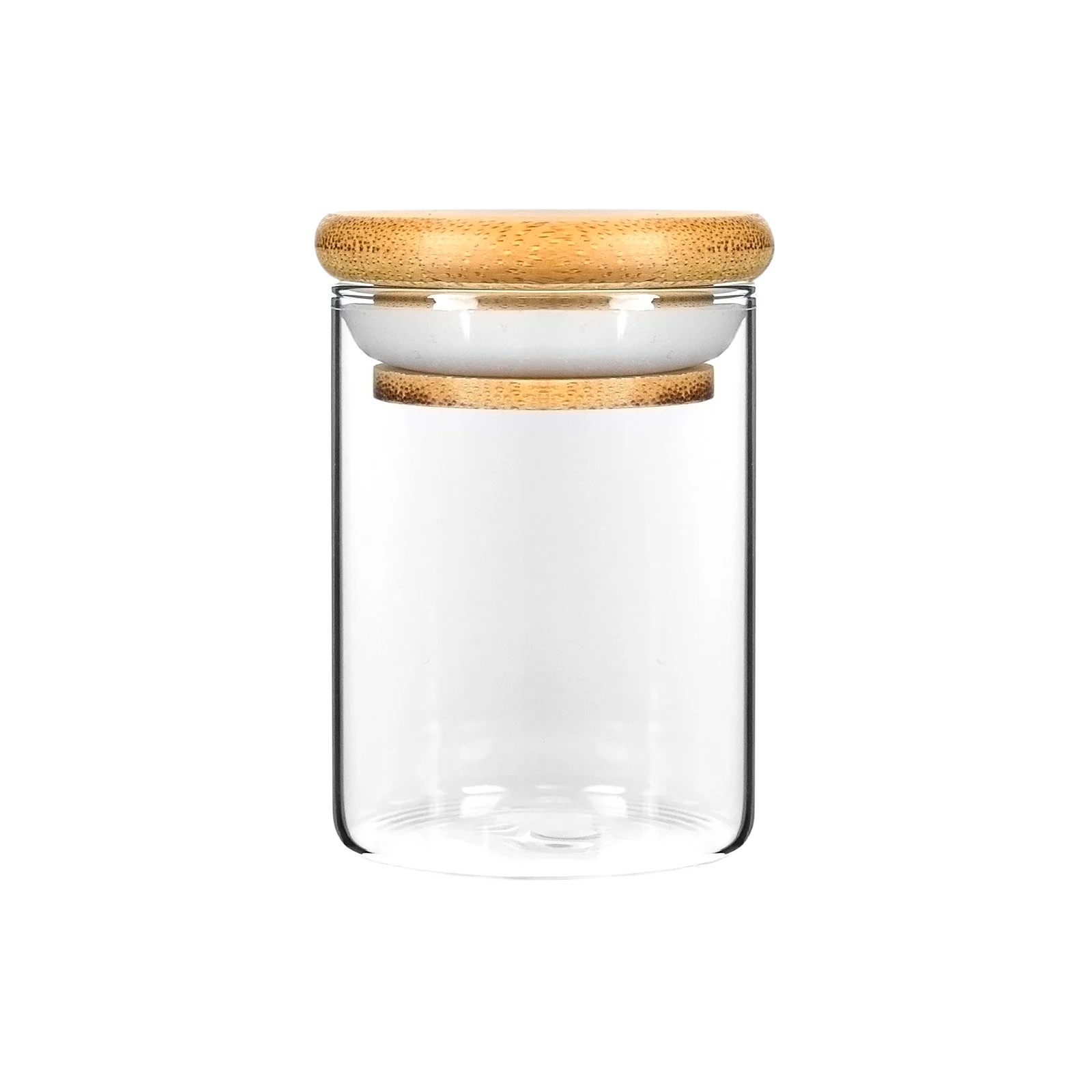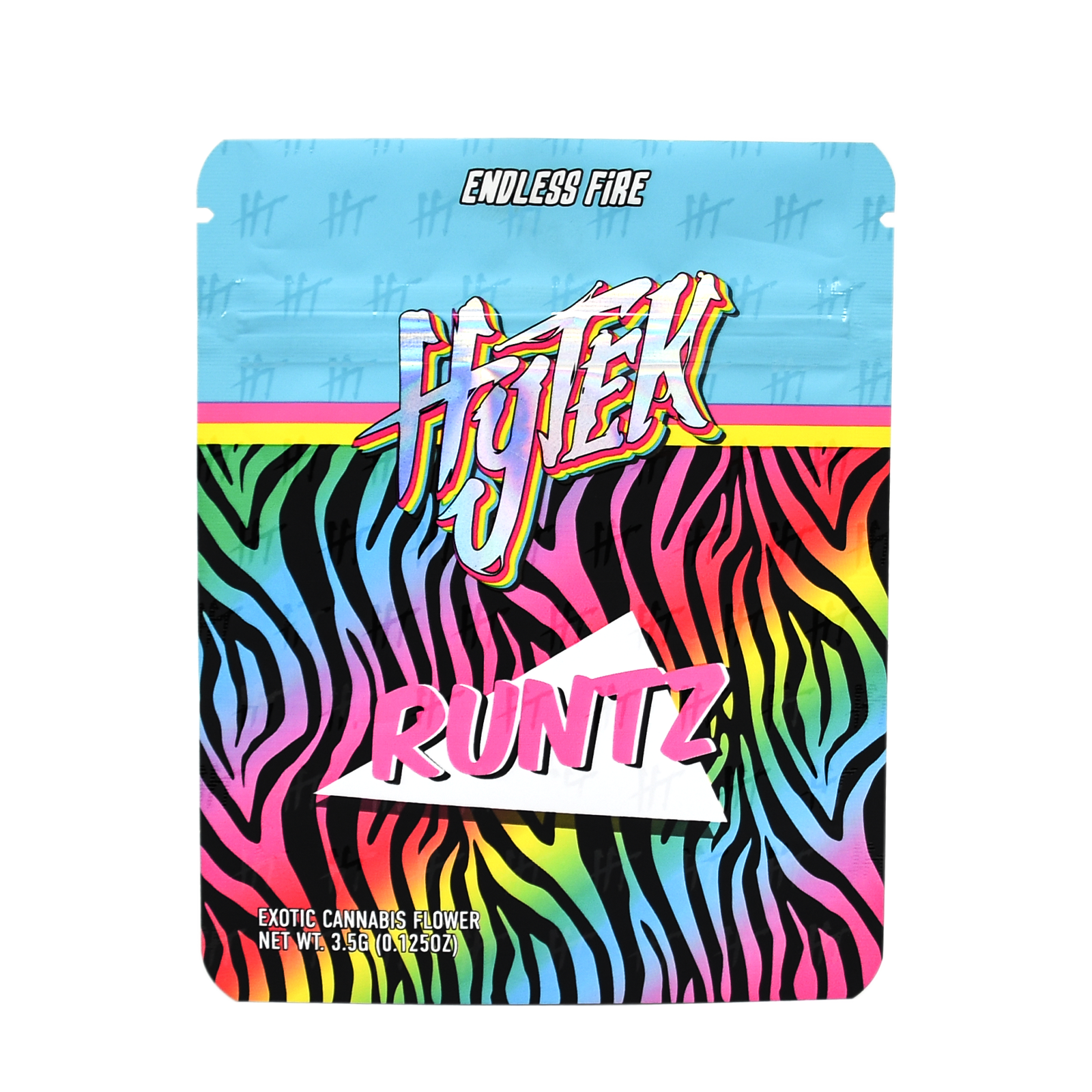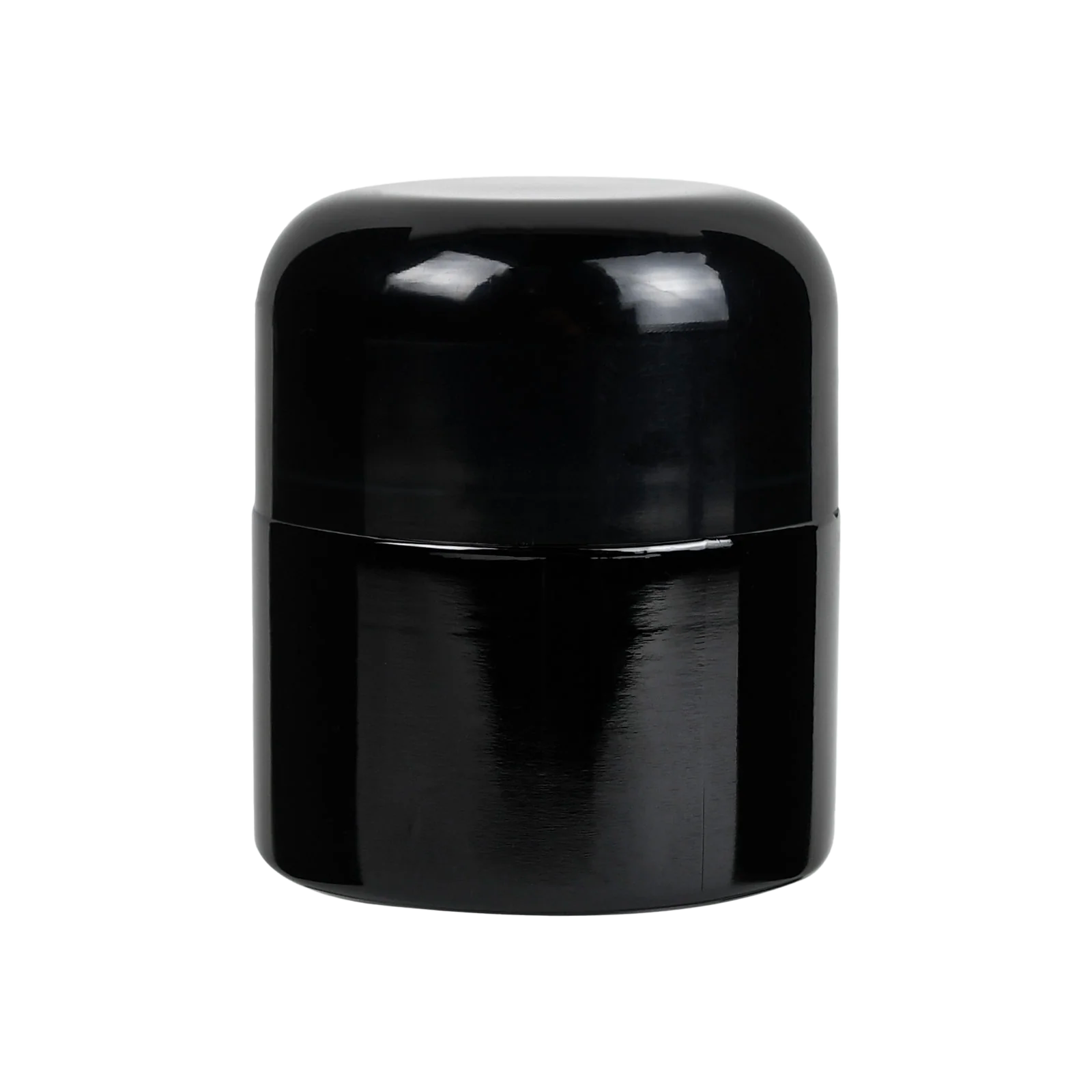Do I need child-resistant packaging for my cannabis product?
Marijuana regulators devote the bulk of their time and effort to a single goal: preventing cannabis products from getting diverted to minors or illicit markets. Labeling and packaging requirements are crucial to achieving this goal.
However, cannabis packaging and labeling must go beyond warning labels. To minimize the risk of cannabis products from being accessed by children, health authorities require child-resistant packaging on all cannabis products. Ideally, packaging should be designed so that it cannot be opened by children or confused with non-cannabis items such as candy or juice boxes. Additionally, packages for edible products should not be bright colors or have images attractive to youth.
The federal government also set THC limits for dried marijuana and established a public education campaign to warn people about the dangers of driving while high. These measures strictly limit the ability to advertise products and businesses.
Why Cannabis Packaging Matters
The majority of the early cannabis packaging regulations regarded marijuana as a prescription drug. Many medical marijuana dispensaries, on the other hand, continue to use nondescript cylindrical pill bottles that are commonly found in pharmacies - sometimes with a telltale green tinge to match the original orange color.
Beyond branding and positioning, there is one benefit of using prescription-style jars: they provide an additional level of child resistance. Most consumers understand that medicine comes in a child-resistant, opaque container. If the cannabis jar looks like a pill bottle and has similar child-resistant qualities, it's more likely to be left alone by curious children or teenagers with access to the home supply.
The Benefits of Child-Resistant Packaging

Adult consumers seeking to get high do not necessarily need child-resistant packaging. However, child-resistant packages can be beneficial for many adults too. The most significant advantage of these containers comes when you're setting aside your weed to steep in a decarboxylation or slow cooker.
Child-resistant packaging also has the added benefit of discouraging would-be thieves looking for their next hit. If you want peace of mind that your weed will be safe, look for child-resistant containers that can be sealed multiple times.
The Stigma Behind Child Resistant Packaging
There is a degree of stigma surrounding child-resistant packaging for CBD products. Many social media commenters express their preference for more elegant and less clunky containers, while others see the containers as unsightly and ridiculously overcomplicated. However, dispensaries and retailers may eventually upgrade to sleeker and more upscale packaging styles.
The negative stigma around child-resistant containers likely derives from the fact that cannabis is still an illicit drug in many parts of North America. Because it's much more stigmatized than other healthcare products, marijuana has dealt with a less-than-ideal reputation over the years - one where mothers are afraid to keep cannabis products out in plain sight in fear of their kids getting into weed accidentally.
What are some common types of child-resistant packaging?

Locking containers with push-and-turn closures are available in various designs and can be used with other resealable features to help achieve child resistance. Other options include plastic container caps with breakaway pull rings. These are similar to those found on bottles of medicine or soda pop cans, where the seal must be removed before you can open the container.
As new regulations continue to roll out, cannabis companies must ensure that their product packaging is compliant with the language or otherwise risk violating Health guidelines.
Child-resistant glass jars
These glass jars with metal or plastic lids are recommended for cannabis products that require resealing. Like the ones found on mason jars, wider openings may increase consumer convenience but decrease child resistance. A push-and-turn closure is recommended for these containers.
Child-resistant caps with push down and turn
Similar to the designs often found on medicine bottles, these containers have a plastic cap with a breakaway ring that must be removed before the container can be opened. The push-down and turn mechanism offers improved child resistance but may be less aesthetically pleasing for consumers.
Child Resistant Bags & Exit Bags
Small, clear plastic bags with a push top and a breakaway pull-ring are an ideal option for retailers who sell buds or pre-rolled joints in that the ring must be removed before the bag can be opened. As with all child-resistant packaging options, these bags are not intended to prevent access entirely but serve to discourage children and young teens from opening and consuming the contents.
Tincture Dropper Bottles - Child Proof
Small medicine droppers with a non-recloseable cap (such as those found in tincture bottles), work best when the entire product is not intended to be consumed at once.
Final Words on Child Resistant Packaging
Child resistance is more than good practice for cannabis products, and it’s also a regulatory requirement. That said, it's important to note that child-resistant containers are only effective when used correctly.
The consequences of not distinguishing between non-compliant and compliant THC/CBD products can lead to consequences with the state’s governing body. Therefore, it’s paramount that all cannabis companies prioritize compliance above everything else.
To learn more, call (800) 674-9488 or email iinfo@greentechpackaging.com.



